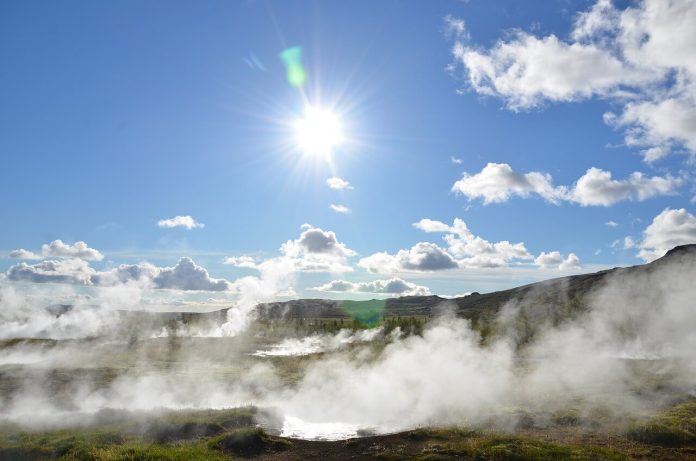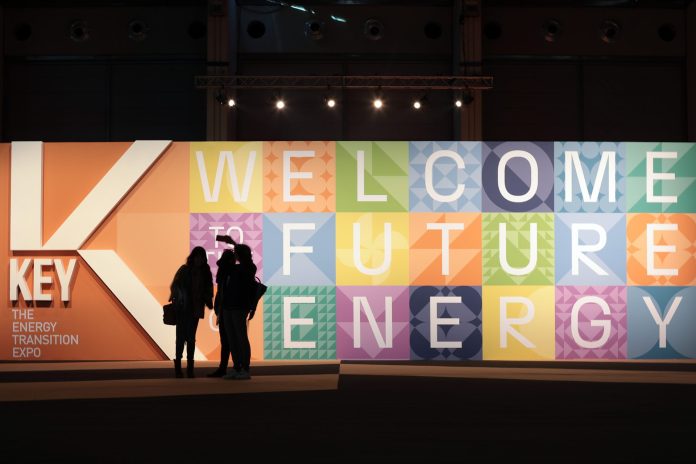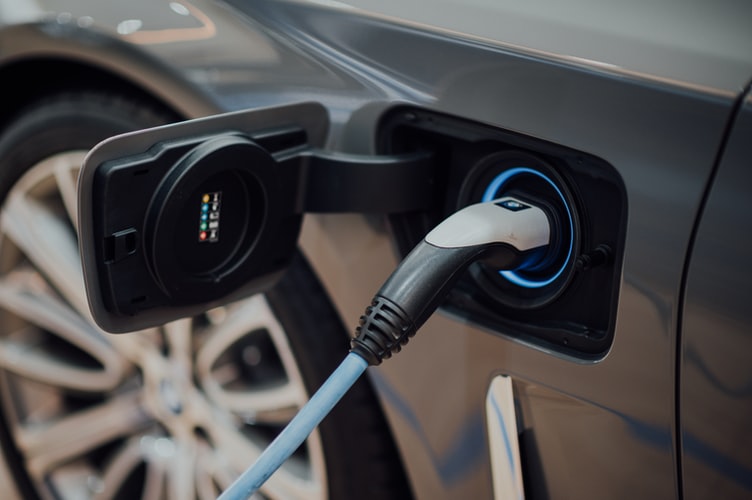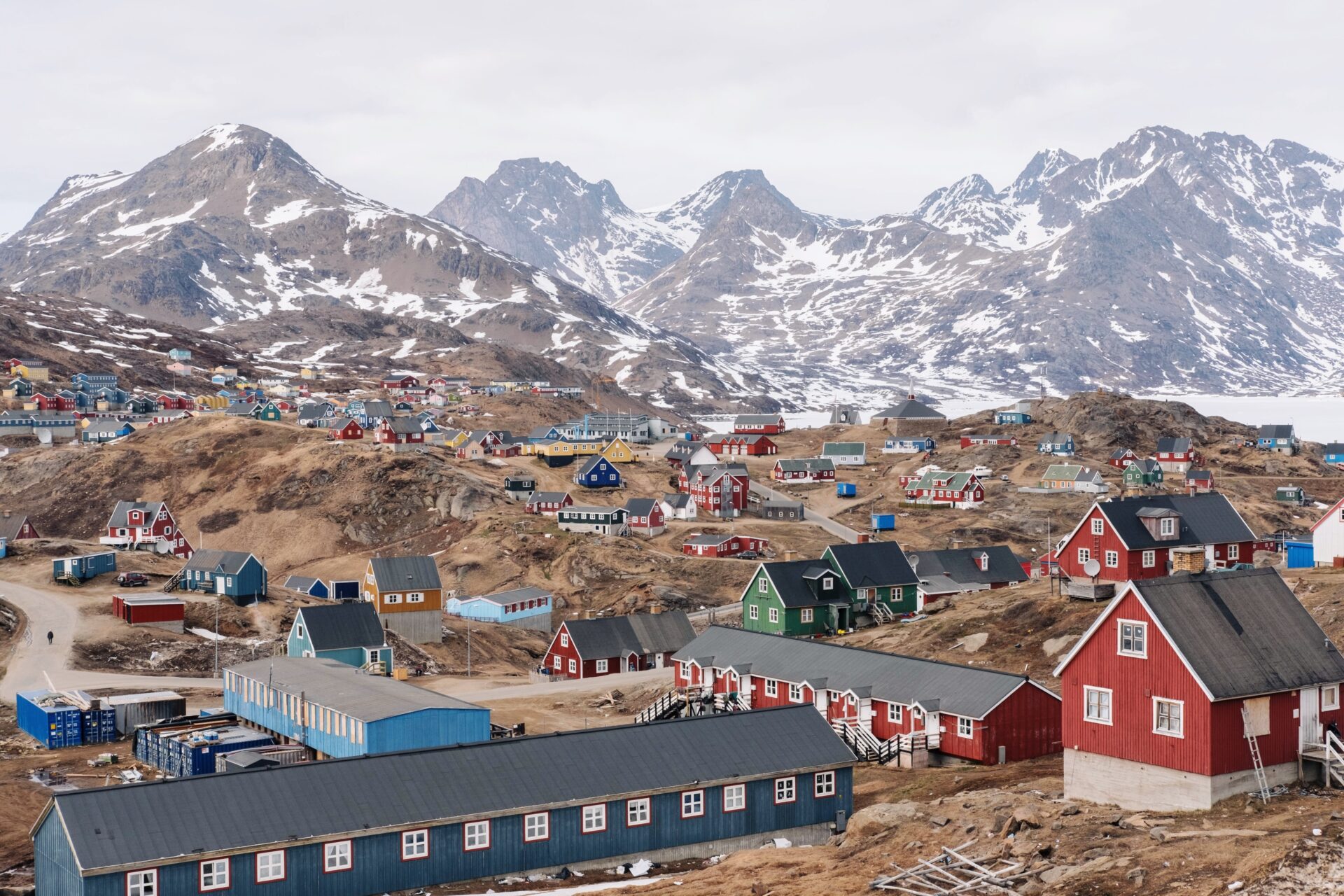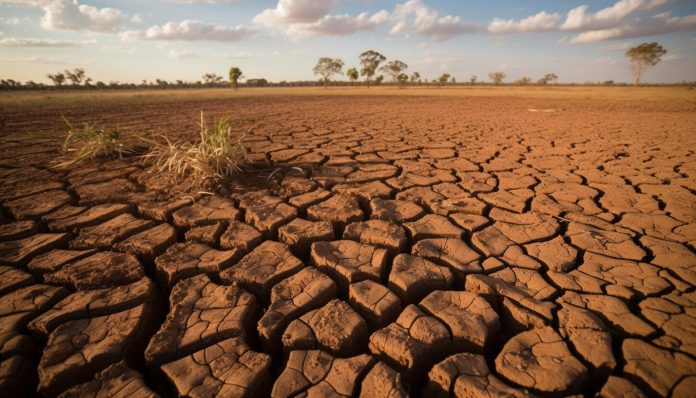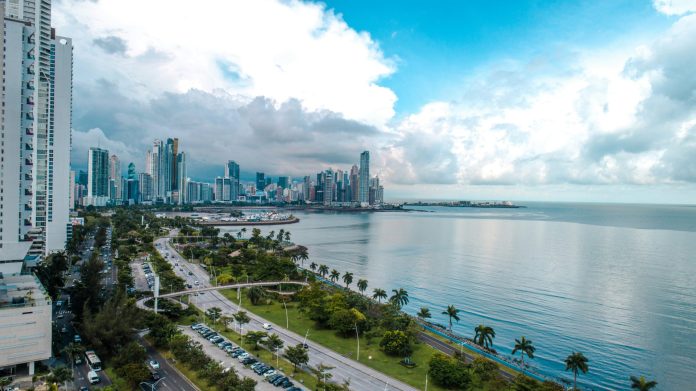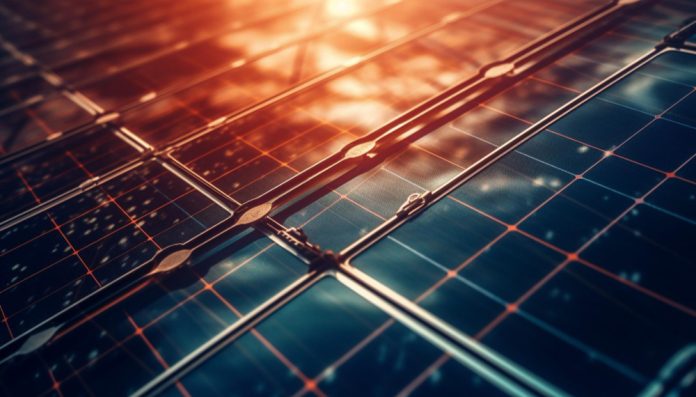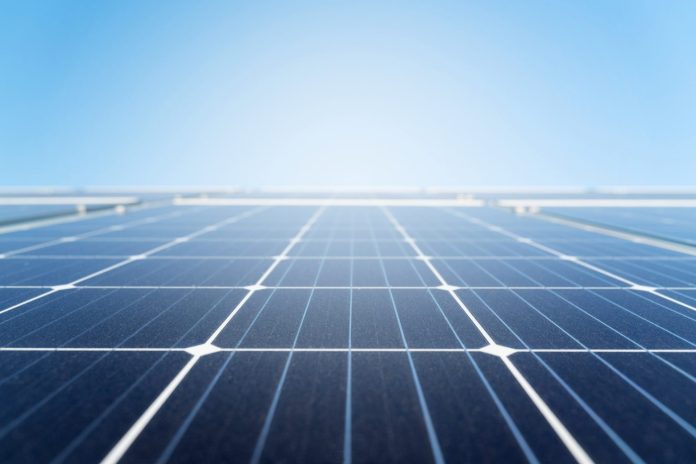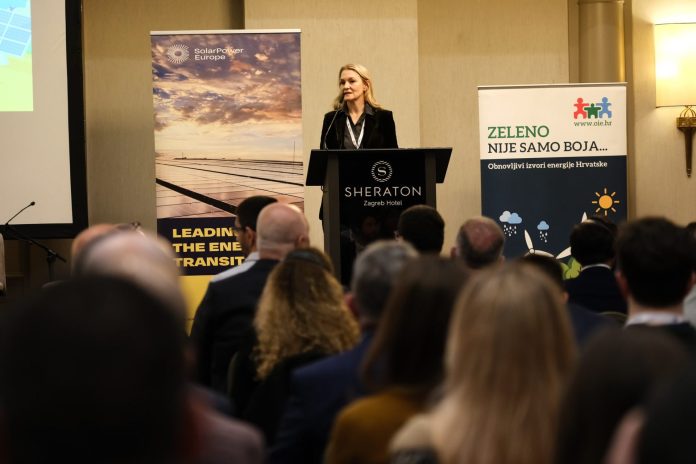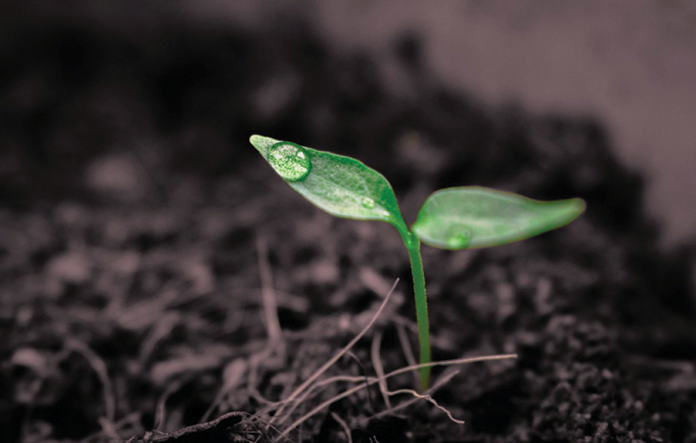One of the latest steps in Croatia’s energy transition is the opening of a biomass power plant in Kanfanar. This plant is part of the British American Tobacco (BAT) factory, one of the world’s leading tobacco manufacturers, and represents a key segment in the modernization of the production facility in Istria.
The Kanfanar factory, one of the most advanced industrial sites in the region, is part of BAT Group’s investment cycle worth over €80 million.
In addition to industrial investments, the government is also investing in strengthening energy infrastructure through the National Recovery and Resilience Plan, which includes €640 million for the modernization of the power grid, including €80 million for the development of battery storage systems.
The opening of the biomass power plant in Kanfanar contributes to reducing CO₂ emissions, increasing the share of renewable energy sources, and promoting sustainable development in local communities.
More:
- Plug-in Solar Systems Conquering the European Market
- New Generation of Solar Cells – Fully Recyclable and Environmentally Friendly
- Revolution from Abu Dhabi: World’s Largest Solar-Battery Project to Produce Energy 24/7
Development of Nuclear and Geothermal Energy
The issue of energy stability and electricity affordability was also a key topic at a recent meeting of EU energy ministers in Brussels, where discussions focused on energy pricing and security of supply.
Croatia supported the measures proposed in the EU Action Plan for Affordable Energy, particularly those that encourage the modernization of the power grid. While Croatia already has a well-developed internal network connection, additional investments are crucial for the transition to renewable energy sources.
Special emphasis was placed on nuclear and geothermal energy as key factors in reducing emissions and stabilizing electricity prices. Croatia advocates for supporting existing and new nuclear power plants, as well as greater investment in geothermal capacity, which holds significant untapped potential.
In this context, the construction of an exploratory geothermal well has begun in Velika Gorica, a city with over 60,000 residents. This €11 million project, part of the National Recovery and Resilience Plan, aims to explore the potential of geothermal energy for the district heating system. The well is expected to reach a depth of three kilometers, providing valuable data on temperature and water flow, which could facilitate commercial use for city heating.
These projects reaffirm Croatia’s commitment to energy transition and renewable energy, ensuring long-term supply stability and economic sustainability.
Energy portal

